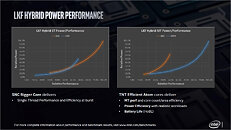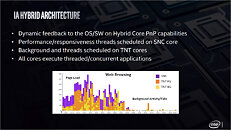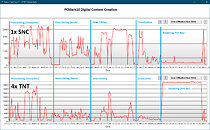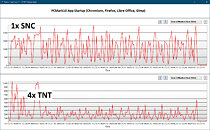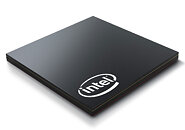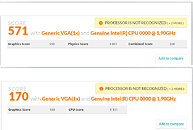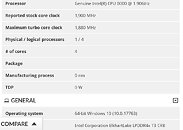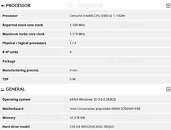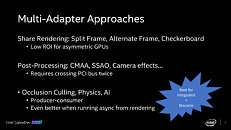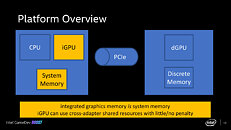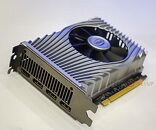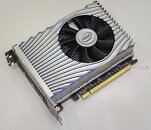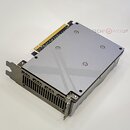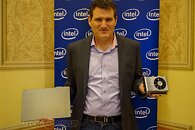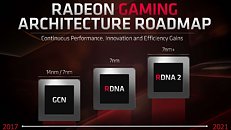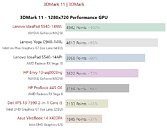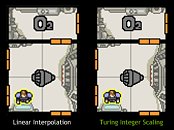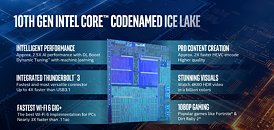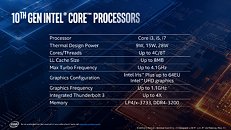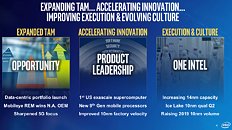
Intel Xe iGPUs and Arc Graphics Lack DirectX 9 Support, Rely on API Translation to Play Older Games
So you thought your Arc A380 graphics card, or the Gen12 Xe iGPU in your 12th Gen Core processors were good enough to munch through your older games from the 2000s and early 2010s? Not so fast. Intel Graphics states that the Xe-LP and Xe-HPG graphics architectures, which power the Gen12 Iris Xe iGPUs and the new Arc "Alchemist" graphics cards, lack native support for the DirectX 9 graphics API. The two rely on API translation such as Microsoft D3D9On12, which attempts to translate D3D9 API commands to D3D12, which the drivers can recognize.
Older graphics architectures such as the Gen11 powering "Ice Lake," and Gen9.5 found in all "Skylake" derivatives, feature native support for DirectX 9, however when paired with Arc "Alchemist" graphics cards, the drivers are designed to engage D3D9On12 to accommodate the discrete GPU, unless the dGPU is disabled. API translation can be unreliable and buggy, and Intel points you to Microsoft and the game developers for support, Intel Graphics won't be providing any.
Older graphics architectures such as the Gen11 powering "Ice Lake," and Gen9.5 found in all "Skylake" derivatives, feature native support for DirectX 9, however when paired with Arc "Alchemist" graphics cards, the drivers are designed to engage D3D9On12 to accommodate the discrete GPU, unless the dGPU is disabled. API translation can be unreliable and buggy, and Intel points you to Microsoft and the game developers for support, Intel Graphics won't be providing any.






